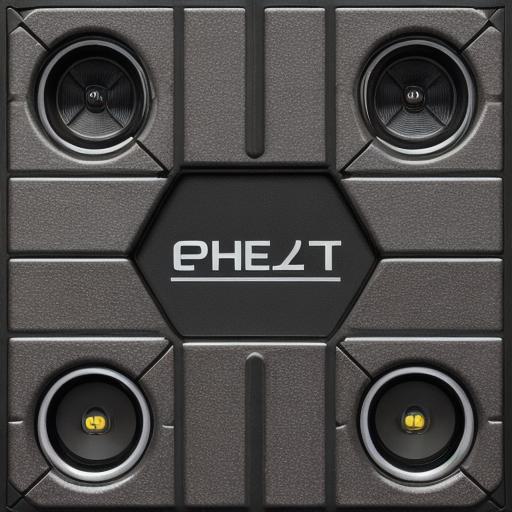In the world of game development, assets are the building blocks that bring your game to life. Whether you’re looking for high-quality textures, 3D models, or sound effects, finding the right game dev assets can be a daunting task. In this comprehensive guide, we will explore ten tips for finding the best game dev assets, optimizing your search results, and making informed purchasing decisions to take your game to the next level.
- Define Your Needs: Before You Begin
Before diving into the world of game dev assets, it’s important to have a clear understanding of what you need. Start by defining your project requirements, including the genre, target audience, and any specific features or functionalities that you require. This will help you narrow down your search and find the most relevant assets for your project.
- Identify Your Budget: Determine How Much You’re Willing to Spend
Once you have a clear understanding of your needs, it’s time to consider your budget. Game dev assets can vary widely in price, from free to thousands of dollars, depending on the complexity and quality of the asset. It’s important to set a realistic budget for your project and consider whether you’re willing to invest in high-end assets or opt for more affordable options.
- Utilize Search Engines Effectively
When searching for game dev assets, it’s important to use search engines effectively. Start by using relevant keywords, such as "game assets," "3D models," or "sound effects." Additionally, try using quotation marks to search for specific phrases, and consider using the advanced search option to filter results by price range, category, and more.
- Explore Marketplaces and Online Stores
There are countless marketplaces and online stores that offer game dev assets, such as Unity Asset Store, Steam Workshop, and Creative Market. These platforms make it easy to browse and purchase assets from a variety of creators and developers. Additionally, many marketplaces offer user reviews and ratings to help you make informed purchasing decisions.

- Consider the License and Rights
When purchasing game dev assets, it’s important to consider the license and rights associated with the asset. Some assets may be licensed for commercial use only, while others may be available for free or under a Creative Commons license. It’s important to read and understand the terms of the license before using the asset in your game.
- Evaluate the Quality of the Asset
When selecting game dev assets, it’s important to evaluate the quality of the asset. Look for high-resolution textures, detailed 3D models, and clear sound effects that are optimized for your target platform. Additionally, consider the file format and compatibility with your game engine or development tools.
- Check for Customization Options
Many game dev assets offer customization options to help you tailor the asset to your specific needs. Look for assets that allow for custom textures, materials, or scripting to ensure that the asset fits seamlessly into your game.
- Read and Understand the Documentation
When purchasing game dev assets, it’s important to read and understand the documentation provided by the creator. This may include installation instructions, usage guides, and example code or scripts. By understanding the documentation, you can ensure that you are using the asset correctly and avoid any potential issues.
- Consider the Support and Maintenance
When selecting game dev assets, it’s important to consider the support and maintenance provided by the creator. Look for creators who offer ongoing support and updates to their assets to ensure that they remain compatible with your target platform and are up-to-date with the latest technology.
- Keep Your Assets Secure and Organized
Once you have purchased game dev assets, it’s important to keep them secure and organized for easy access in the future. Consider using version control software or cloud storage solutions to store your assets, and create a system for naming and categorizing them. This will help you stay organized and avoid any potential issues when updating or modifying your game.
